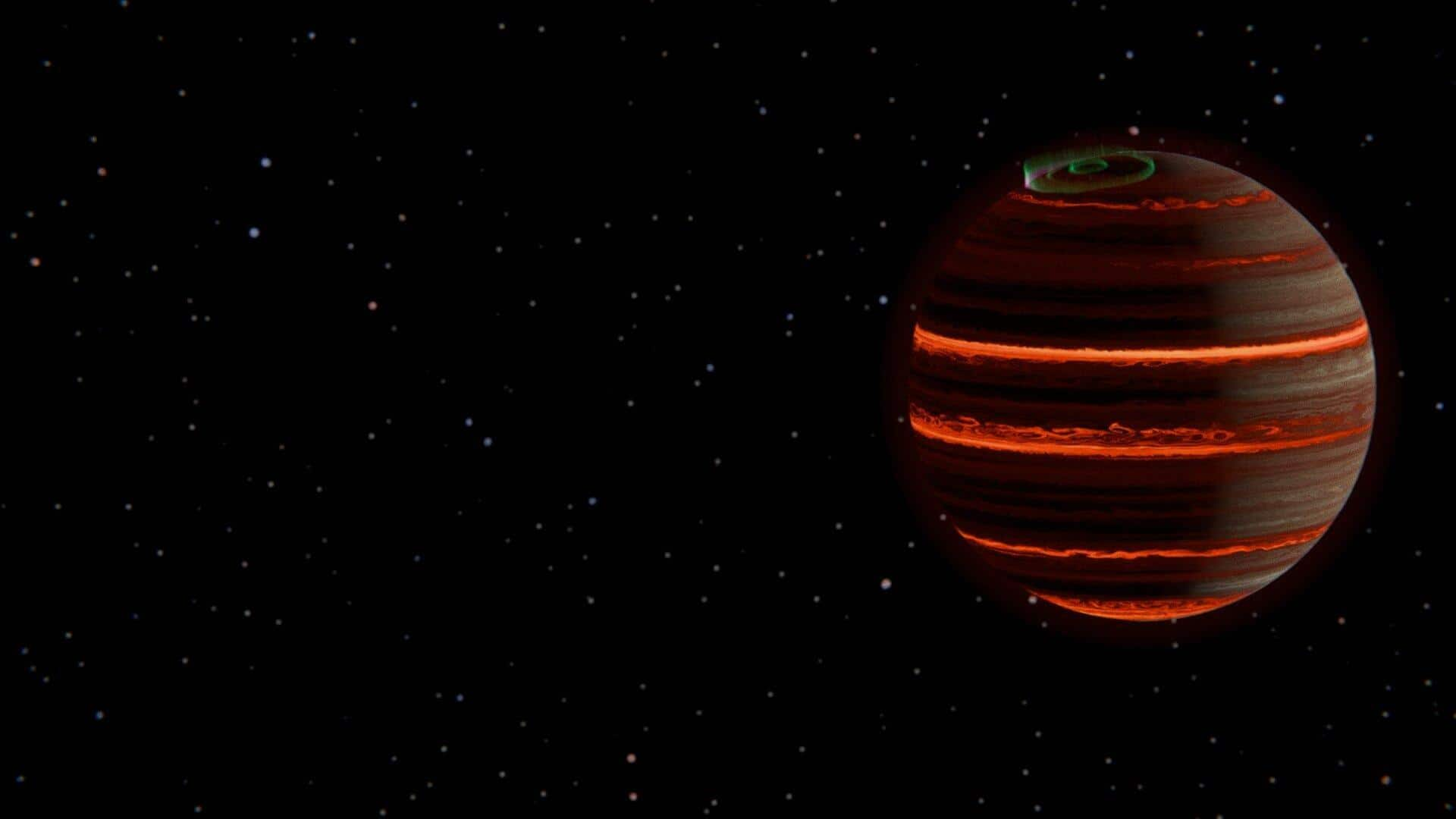
This 'rogue' planet has auroral activity similar to Northern Lights
What's the story
Astronomers from Trinity College Dublin have studied a rogue planet, SIMP-0136, exhibiting auroral activity similar to Earth's Northern Lights. The groundbreaking observation was made using the NASA/ESA/CSA James Webb Space Telescope. The team's findings were published in the journal Astronomy & Astrophysics. Rogue planets are celestial bodies that do not orbit any star and instead drift through space on their own.
Atmospheric analysis
James Webb Space Telescope's advanced instruments
The advanced instruments aboard the James Webb Space Telescope enabled the team to detect minute changes in SIMP-0136's brightness as it rotated. These variations were used to monitor temperature, cloud cover, and chemical composition changes on the planet. Dr. Evert Nasedkin from Trinity College Dublin's School of Physics said, "These are some of the most precise measurements of the atmosphere of any extra-solar object to date."
Temperature fluctuations
Storm activity similar to Jupiter's Great Red Spot
The team's observations revealed that SIMP-0136's temperature changes were less than five degree Celsius. These subtle variations were associated with slight changes in the planet's chemical composition, hinting at storm activity similar to Jupiter's Great Red Spot. Dr. Nasedkin explained, "The precise observations we made meant we could accurately record temperature changes smaller than 5°C."
Cloud coverage
Clouds cover remained constant across SIMP-0136's surface
Unlike Earth, where cloud cover changes can affect atmospheric conditions, the team found that SIMP-0136's cloud cover remained constant across its surface. At such high temperatures, these clouds are not like those on Earth but are made of silicate grains similar to beach sand. This discovery was part of the first publication by the new "Exo-Aimsir" group led by Professor Johanna Vos at Trinity College Dublin.
Atmospheric inference
Cutting-edge models infer atmospheric features
The team's analysis revealed that different wavelengths of light correspond to different atmospheric features. Dr. Nasedkin explained, "So by using cutting-edge models, we could infer the temperature of the atmosphere, the chemical composition, and the position of the clouds." Professor Vos added their work is exciting as it shows how state-of-the-art modeling techniques can help understand weather processes in exoplanets beyond our solar system.